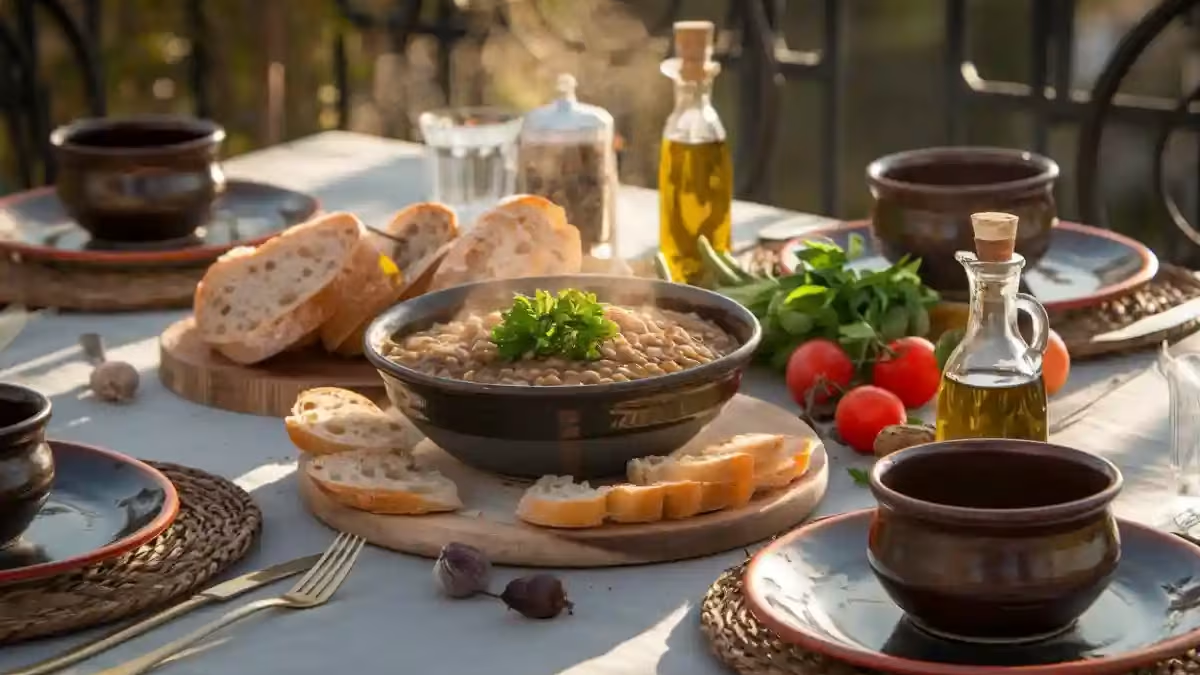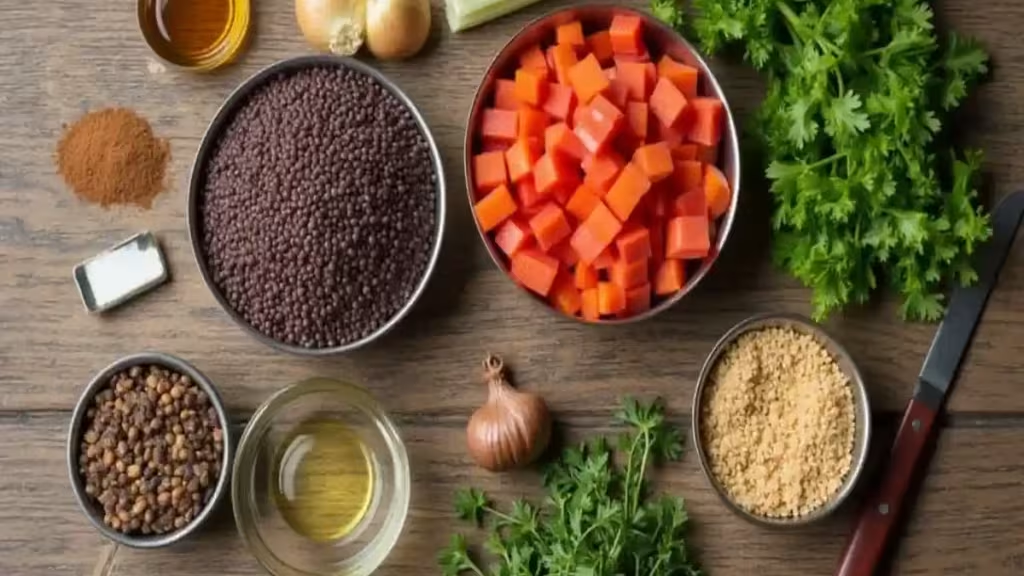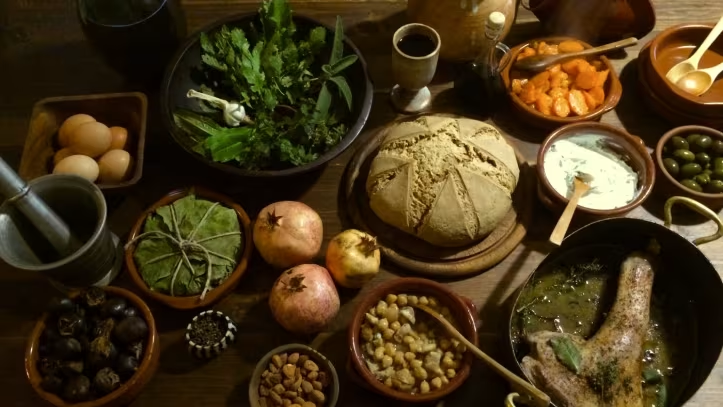
Delightful Byzantine Empire Food Recipes: Easy and Authentic Dishes to Try at Home
Written by Jessica Lopez
Published at 26-06-2022
Edited on 03/05/2025 | 03:25 PM
Mediterranean RecipesCourse: Main Course
Cuisine: Byzantine
Difficulty: Easy
Servings
4-6 servings
Prep Time
30 minutes
Cooking Time
45 minutes
Total Time
1 hour 15 minutes
Fat
12g
Protein
20g
Carbs
40g
Calories
350 kcal
Embark on a culinary journey back in time with our easy Byzantine Empire food recipes! The Byzantine Empire, known for its rich history and vibrant culture, also offered a delightful array of dishes that reflect its diverse influences from Europe, Asia, and the Mediterranean. Whether you’re a history buff or simply a food enthusiast, these recipes will introduce you to the flavors and traditions of an empire that thrived for over a thousand years. What makes Byzantine cuisine so special is its unique blend of ingredients and techniques. From aromatic spices to fresh vegetables and succulent meats, each dish tells a story of the people and the land from which it originated.
Plus, many Byzantine recipes are surprisingly easy to prepare, making them perfect for home cooks of all skill levels. You don’t need to be a master chef to create a meal that transports you to the ancient streets of Constantinople! In this blog post, we’ll explore some simple yet authentic Byzantine recipes that you can whip up in your kitchen. Whether you’re hosting a dinner party or enjoying a cozy meal with family, these dishes are sure to impress.
So gather your ingredients and get ready to indulge in a feast that celebrates the rich culinary heritage of the Byzantine Empire. Your taste buds are in for an exciting adventure! Don't forget to check out our recipe below to start your journey today!.


